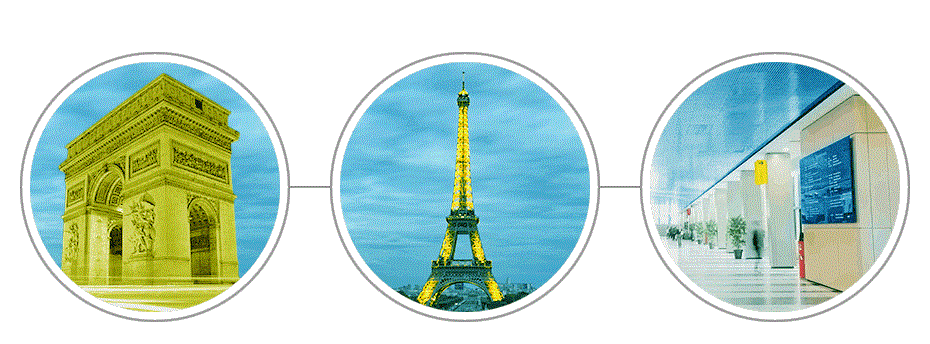Geometric attributes of buildings, such as height and footprint area, affect urban life quality through,
for example, sunshine and wind strength. Although increased data availability has led to empirical evi-
dence regarding geometric regularities within cities, such as power-law distributions of these attributes,
there are very few theoretical models which explain the emergence and evolution of these urban charac-
teristics over time. As city characteristics influence the well-being of its inhabitants, public policies which
influence the emergence of these characteristics can improve the well-being of its citizens. A good un-
derstanding of the determinants of geometric attributes of buildings is therefore necessary for an efficient
public regulation of urban structures. Our aim is to explain the emergence of distributions of geometric
attributes of cities. We propose a discrete-space, continuous-time model of location choice over time by
households within a city. In modelling the location choice, we take into account the different incentives
of the individual agents as well as the fact that they are subject to random shocks. In one-dimensional
city based on the Muth-Mills setting, we establish for each location the stochastic growth process of
the population in that location. As households are accommodated in buildings whose characteristics are
determined by profit-maximizing developers, we derive the distribution of geometric attributes from the
total population size and the preferences of individuals. We derive a Kolmogorov-forward equation that
describes, for large cities, the dynamics of the distribution of the shares of the population in each loca-
tion. The distributions of building height and footprint area are found through Monte Carlo simulations
of the equivalent Itô-like stochastic differential equation system. This model allows us to predict, based
on individual agents' choices, how, from an initial situation, a city would evolve over time. Moreover, as
it takes explicitly into account agents' incentives, it can guide the design of public urban policies which
aim to improve the welfare of the city's inhabitants.
|
|
|
Program > Program by speaker > Tharakan JoeDistributions of Urban Geometric Attributes: A Stochastic Muth-Mills Approach
1 : HEC-Liège, University of Liège
|



